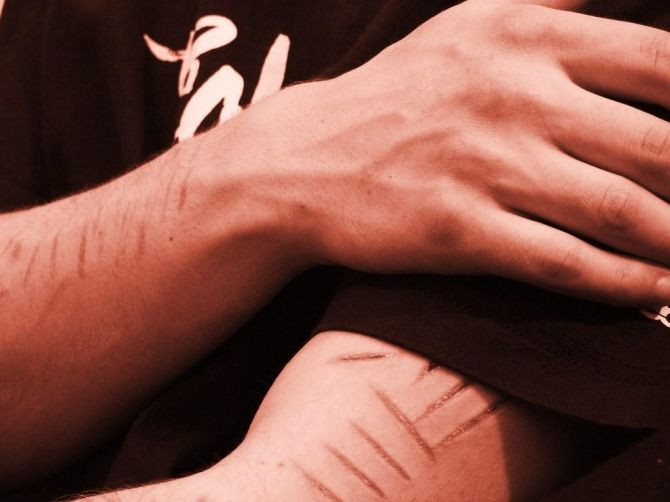Bullied Children Are 3 Times More Likely to Harm Themselves in Later Years

Children who were bullied in their earlier years are up to three times more likely to harm themselves compared to their classmates, according to a new study.
The study, published online April 26 in the British Medical Journal, found that about half of the 12-year-olds who have self-harmed were frequently bullied, particularly in those with mental health problems, a family history of suicide, or a history of being physically abused by an adult.
Researchers from King's College London conducted a study of 1,116 pairs of twins born in the UK between 1994 and 1995. Researchers evaluated the children at ages five, seven, 10 and 12 years of age.
Researchers found that 2.9 percent of the 2,141 children studied had self-harmed, and about 56 percent of those who have harmed themselves had been frequently bullied in childhood, and the bullied twin was more likely to harm themselves compared to their non-bullied twin.
About 237 children in the study were victims of frequent bullying and 18 of them (8 percent) self harmed, compared to 44 children (2 percent) of 1,904 children who were not bullied.
The study defined bullying as when another child says hurtful things, completely ignores or excludes, physically assaults or spreads rumors about the victim. Researchers said examples of self harm include purposefully cutting and biting one’s own arms, pulling out clumps of one’s own hair, hitting one’s head against the wall and attempting to commit suicide.
"Bullying by peers is a major problem during the early school years," researchers wrote. "This study found that before 12 years of age a small proportion of children frequently exposed to this form of victimization already deliberately harmed themselves and in some cases attempted to take their own lives. “
Previous studies have found that victimized children were more likely to have behavioral problems in adolescents, but there has been little research on the link between exposures to bullying and the likelihood a child will self harm.
"Although only a small proportion of bullied children in this sample engaged in self harm, this is clearly too many and victims need to be provided with alternative coping strategies from a young age," the authors wrote.
Investigators concluded that more efforts should be spent on improving the ways in which children deal with emotional distress, and more effective programs to prevent bullying should be implemented.
"Frequent victimization by peers increased the risk of self-harm independently of a range of potential confounders," Fisher and colleagues concluded. "Prevention of non-suicidal self-injury in young adolescents should focus on helping bullied children to cope more appropriately with their distress."
Published by Medicaldaily.com



























